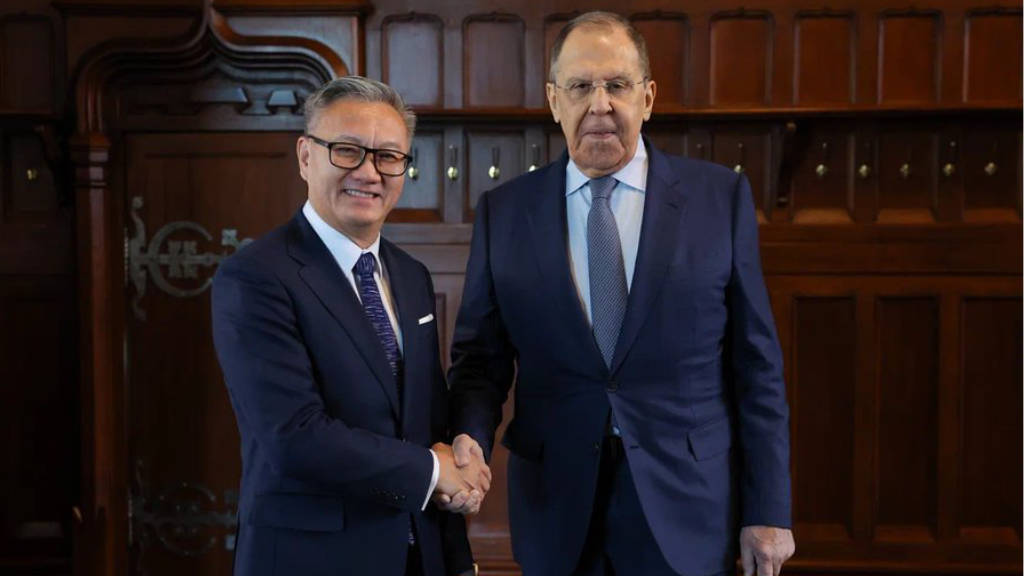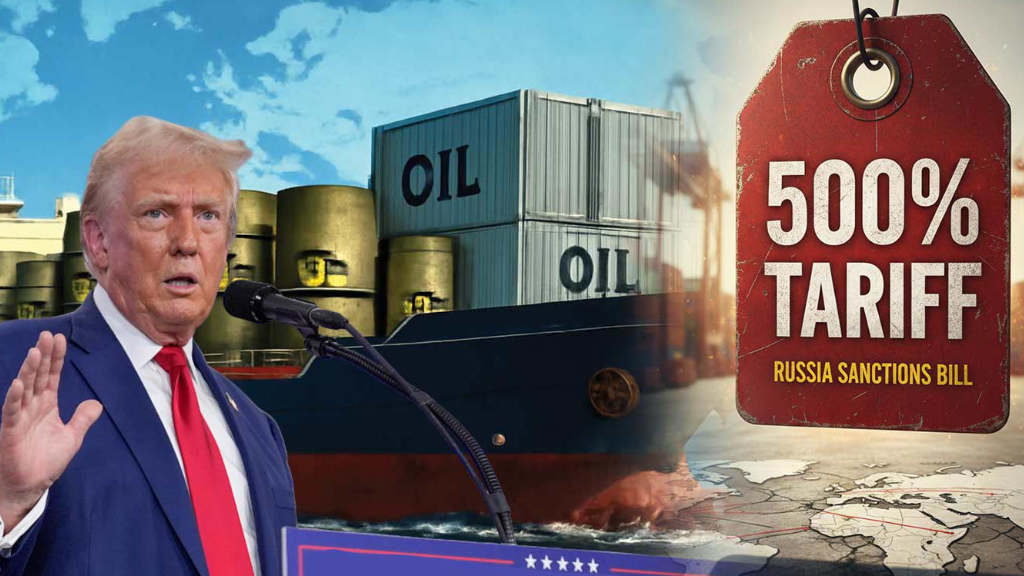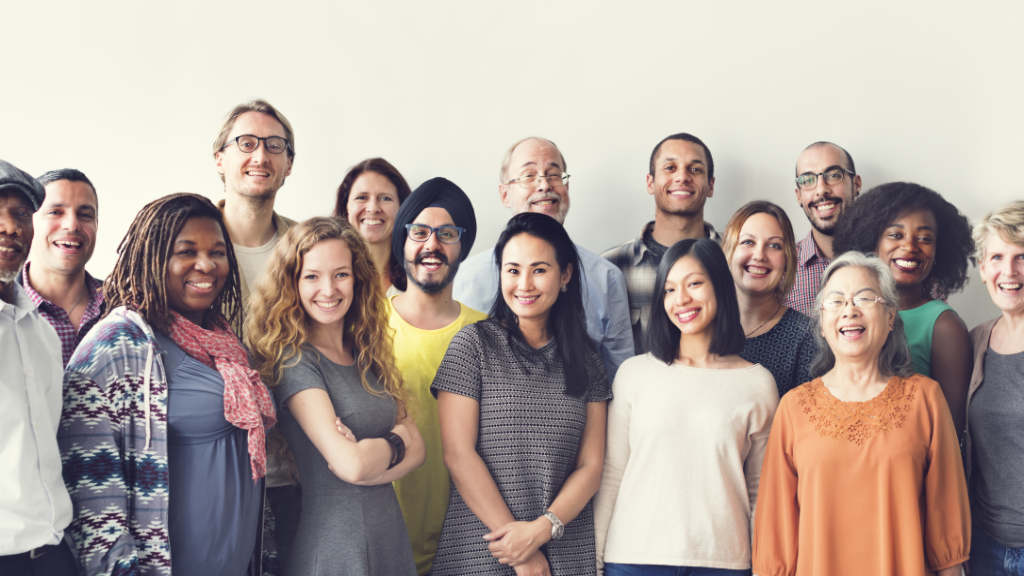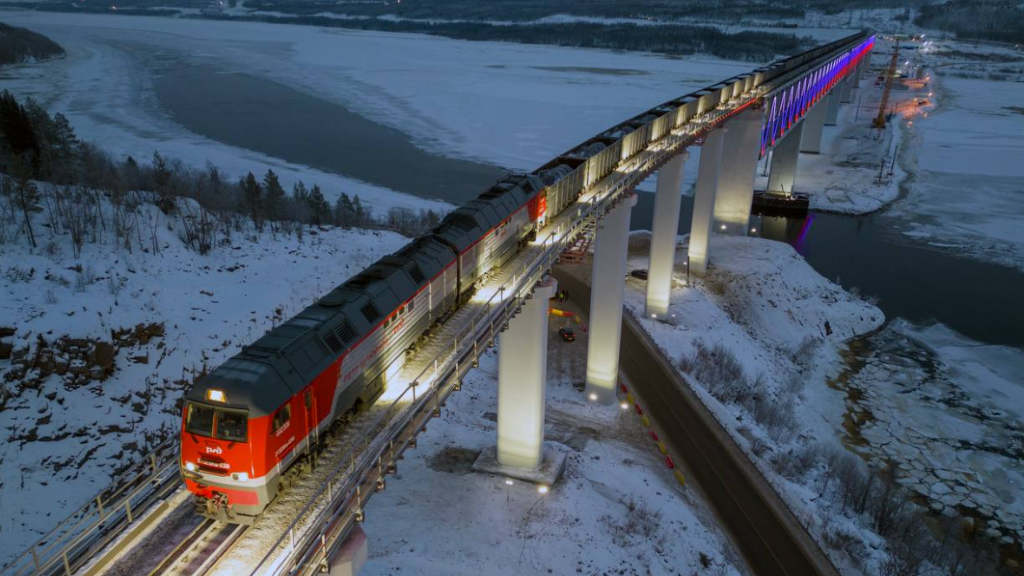The Russian Foreign Minister, Sergey Lavrov, has met with Thongsavanh Phomvihane, the new Laos Foreign Minister, in Moscow.
Lavrov welcomed him by saying, “You are a frequent visitor to our country: last May, you attended the festivities marking the 80th anniversary of the Victory as a special representative of the President of the Lao PDR, and in 2024, you participated in the inaugural forum of the international socio-political movement For the Freedom of Nations in Vladivostok. We greatly appreciate this and trust that your extensive and distinguished experience in fostering relations with Russia will serve you well in your new role as head of the Lao Ministry of Foreign Affairs. As a fellow alumnus of our university, you are deeply familiar with our country’s history, language, and culture. I have no doubt that you will uphold continuity and advance progress in our bilateral strategic partnership”.
Following the meetings, Lavrov provided a bilateral update, saying, “We welcomed the high intensity of inter-parliamentary and inter-party dialogue, as well as delegation exchanges between Russia and Laos across various ministries, agencies, and business circles. We noted the ongoing relevance of strengthening defense and security ties, as well as expanding cooperation between law enforcement agencies. We reiterated our willingness to enhance the legal framework of our relations.
Bilateral trade is significantly up even though the absolute figures still fall short of our expectations and are well below what our two countries can do. Considering this, we discussed in detail ways to expand cooperation in energy (including hydropower and peaceful nuclear energy), outer space exploration, transport, logistics, ICT, healthcare and epidemiological safety, as well as finance and banking.
Concrete plans are available in all the above areas. We agreed to speed up their implementation and to facilitate the activities of the Russian-Laos Intergovernmental Commission on Trade, Economic, and Scientific and Technical Cooperation. The 18th session of the commission will take place in Russia before the year is out. The previous session was held in Vientiane.
We reviewed a list of documents currently in the works, which is fairly long, and work on each of them must be sped up. We share this understanding and will push these processes forward.
We placed great emphasis on fostering region-to-region ties. St. Petersburg and Vientiane are twin cities. Moscow and Vientiane are working under a five-year cooperation plan. Tyumen is part of the region-to-region cooperation as well.
Cultural and humanitarian exchanges are ongoing, including joint educational initiatives such as supporting the Russian language in Laos, for which we are sincerely grateful to our friends. Plans are in place to expand these efforts.
We will continue to provide scholarships for Lao citizens under the Russian government quota, which covers both civilian and specialized fields under the Defense Ministry and the Interior Ministry’s programs.
Once again, we reaffirmed our overlapping positions on most pressing international issues. Russia and Laos advocate for a just, democratic, sustainable, and multipolar world order based on respect for all principles of the UN Charter, starting with the sovereign equality of all states.
We will continue coordinating our actions at the UN, particularly within the promising framework of the Group of Friends in Defense of the UN Charter—an initiative launched by Venezuela in 2021, of which our countries are participants.
Specifically, we attribute great importance to advancing within this group and at the UN General Assembly initiatives concerning the fight against unilateral illegal coercive measures and countering modern neocolonial practices. The General Assembly has earlier adopted a resolution on this matter. We will work to specify the tasks outlined in these decisions.
We will continue working together in the Asia-Pacific region, and, in this context, we will strengthen dialogue-based partnerships between Russia and ASEAN. We firmly support ASEAN’s central role in regional security and cooperation architecture in Southeast Asia. Together with our Laotian friends and other ASEAN members, we are exploring initiatives advanced by President Vladimir Putin, including the Greater Eurasian Partnership and the creation of Eurasian security architecture.”
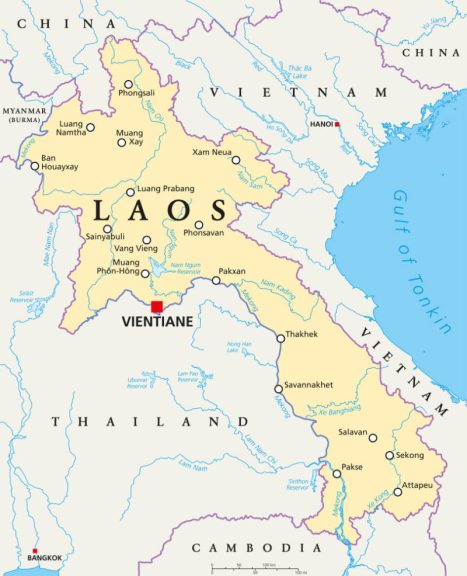
Laos is strategically situated in Southeast Asia, and although it does not enjoy sea access, it nevertheless links several regional ASEAN countries.
About 85% of its population work in agriculture, with 90% of the arable land being planted for rice. Peanuts, cotton, tea, tobacco, corn, sweet potatoes, and sugarcane are also grown. Technically, the Lao industry lacks adequate equipment. Mining is the most advanced. The primary sources of GDP are the exploitation of gypsum, copper, tin, gold, and oil. Agricultural products and natural resources make up the bulk of Laos’ exports. The main exports are wood, clothing, coffee, electricity, metals, corn and rubber. The main imports are telecommunications equipment, trucks, metal structures, rolled metal products and hydraulic turbines.
Through its membership in ASEAN, Laos increasingly trades with its ASEAN neighbors as well as China. The Council of the Eurasian Economic Commission (EEC) granted Laos the status of a user country of the unified system of tariff preferences of the EAEU with 0% of the base rate of import duty. Laos has also been given Generalized System of Preference (GSP) status by multiple countries, including Belarus and Russia, while Kyrgyzstan also grant Laos goods tariff-free protection. In 2016, a Trade and Investment Framework Agreement was struck between the United States and Laos. It also has additional bilateral agreements with Argentina, India, Kuwait, Mongolia, North Korea, and Turkiye. In January 2022, Laos became a member of the Regional Comprehensive Economic Partnership (RCEP).
Laos has an area of 236,800 sq km and a population of 7.7 million. It has a GDP (PPP) of US$79 billion, a GDP per capita (PPP) of US$10,112, and an expected 2025 GDP growth of 3.5%.
Trade between Russia and Laos reached US$41.6 million in 2021. However, like neighboring Cambodia, bilateral trade has decreased mainly due to sanctions, the complexities of reaching the Laotian markets, and Russia’s trade emphasis concentrating on China and Vietnam.
Current Russia-Laos bilateral trade is small at about US$5 million; however, the two countries have long diplomatic ties going back to the Cold War era. Laos does pick up some manufacturing investments from neighboring countries such as Thailand and China, and it also has a developing tourism industry. What trade there is typically energy produced from Russia and agricultural products such as fruits from Laos. That said, 2025 trade year-to-date is showing significant increases, most notably in Russian exports.
The country is also mountainous, which has created additional connectivity issues. Last year, Russian Transport Minister Roman Starovoit held talks with a delegation from Laos that participated in the BRICS conference in Kazan. It was assumed that Russian Railways would be able to provide rolling stock to a country that seeks to improve rail links with China. There may be opportunities for Russian Railways to provide rolling stock. FESCO has also been involved in setting up Russia-Laos supply chains.
Both the Russian and Laotian central banks are in discussions to involve the potential use of Russian MIR cards in Laos and to formalize ruble-kip trading, moving to sovereign currency use in trade relations. Although the trade dynamics are small, there are opportunities in the tourism sector for Russian nationals as well as smaller trade possibilities.
Further Reading

